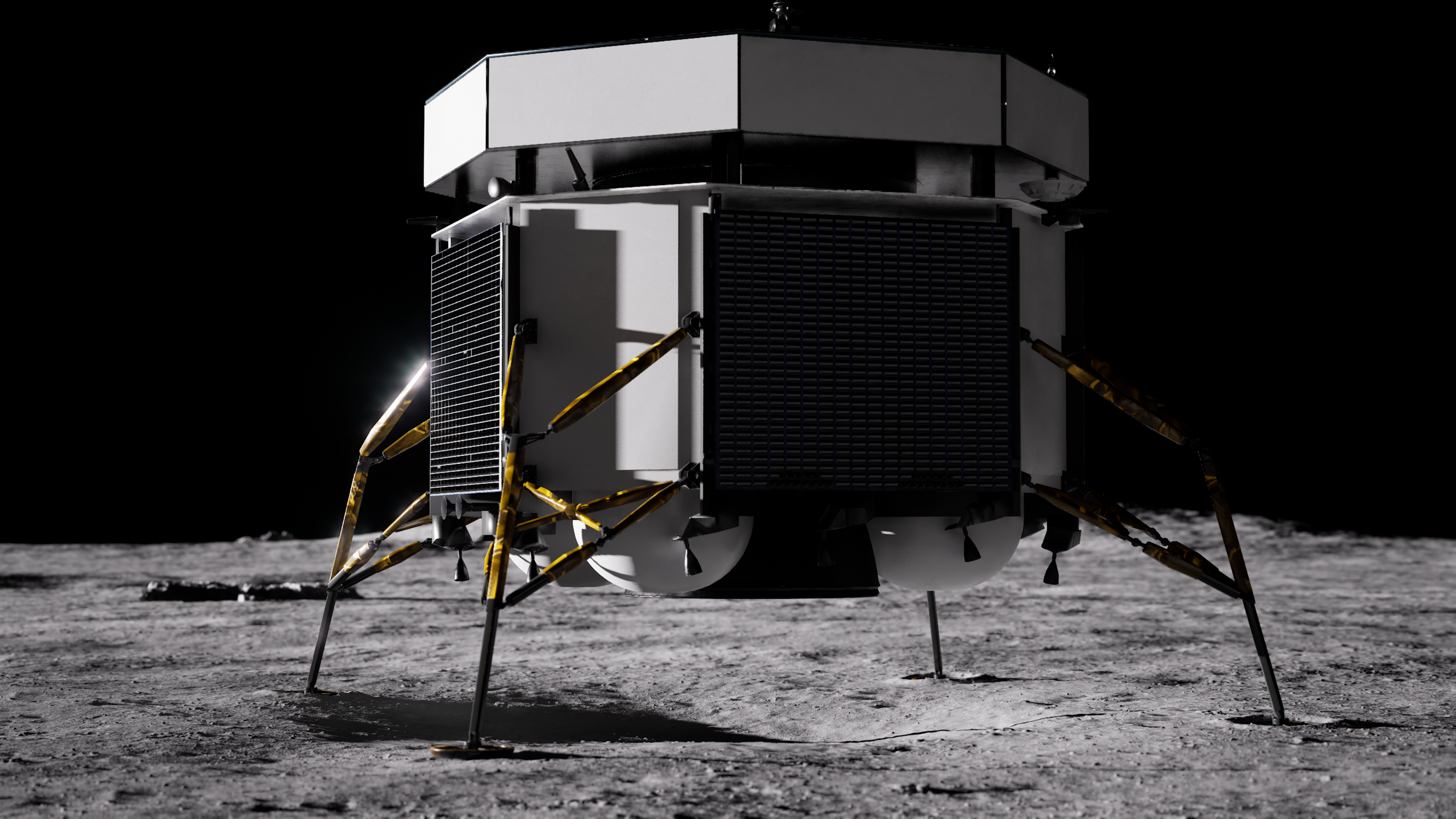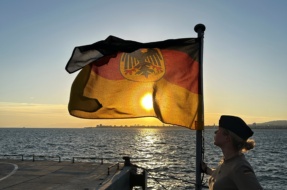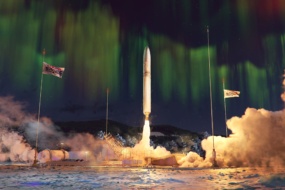It’s been almost a year since Thales Alenia Space’s Italian subsidiary won the initial ESA contract to build a descent module for a lunar lander. Getting down to the lunar surface will be a team effort, though, and on Friday the space firm announced it has picked its team.
The players aren’t unexpected—most of them are international branches of Thales itself and part of the initial consortium picked by ESA for the lander, dubbed Argonaut—but the contract announcements are a firmer commitment to the project.
The team includes:
- Thales Alenia Space in Italy, the prime contractor for the Argonaut lander, leading the charge on design as well as assembly, integration, and testing of the final descent module.
- Thales Alenia Space in France, designing the data handling subsystem and procuring the equipment for it.
- Thales Alenia Space in the UK, leading propulsion development and managing propellant tank and thruster procurement.
- OHB System AG, responsible for navigation software, electrical power systems, and telecom for the mission.
- Nammo, a new addition to the crew since January, acting as a strategic contractor on main engine propulsion for the module.
Thales won its initial €862M ($995.3M) award for Argonaut at the end of January. The company is responsible for building a consortium to deliver a lunar descent module that can ferry up to 1500 kg of cargo down to the lunar surface and land within 250 m of its target touchdown location on the first flight (with higher accuracy expected after that).
Touchdown: Argonaut’s lunar descent module is the key piece of the puzzle for getting Thales and ESA to the lunar surface. There are two other parts that will ride aboard the mission: the Cargo Platform Element and the Payload. In July, Venturi Astrolab, a French space firm, announced that it’s building a lunar rover adorably named Mona Luna that will ride aboard the Argonaut mission.
According to ESA, the Argonaut mission is expected to launch by the end of 2030 on an Ariane 6 rocket.




